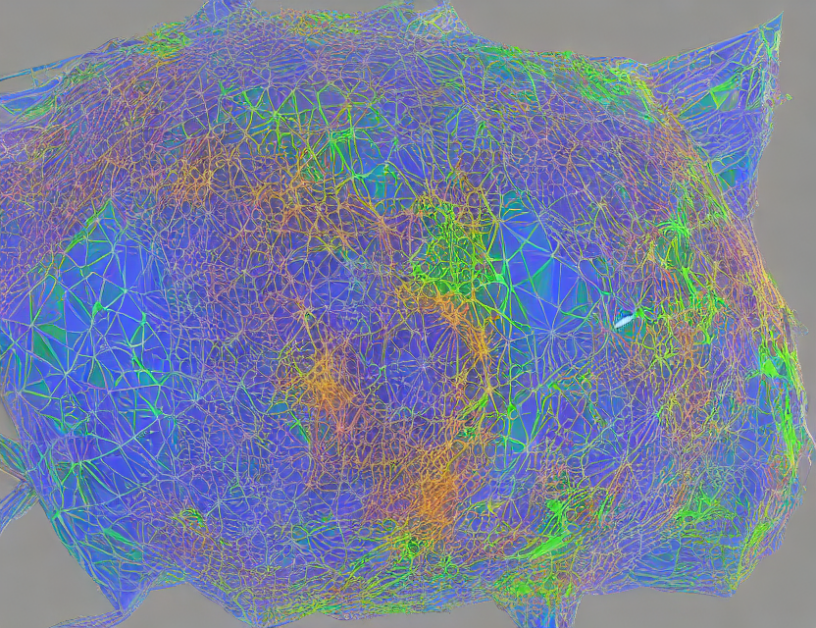Imagine you’re a detective trying to solve a complex crime scene. You have multiple clues, each representing different modalities like images, depth maps, and audio recordings. However, the clues are not labeled, making it challenging to understand their relationships and draw meaningful conclusions. To overcome this challenge, researchers propose a novel approach called NeRF-supervised Masked AutoEncoder (MAE), which leverages the power of neural networks to learn transferable multi-modal perception representation.
NeRF-Supervised Masked Autoencoder
In this approach, the MAE model is trained on a large dataset of unlabeled images, depth maps, and audio recordings from various environments. The model learns to reconstruct these inputs by encoding them into a latent space, where each modality becomes a separate entity. This process mimics how our brain processes sensory information, associating different modalities with distinct mental representations.
The innovative twist comes from the use of NeRF (Neural Radiance Fields) to supervise the MAE model. NeRF is a technique that can synthesize novel views of a scene from any perspective, allowing the model to learn how different modalities interact and influence each other. By incorporating NeRF into the MAE framework, the model can now learn transferable multi-modal perception representation, enabling it to generalize across various environments and tasks.
Adapting MAE for Multi-modal Perception
The proposed approach is not limited to a single task but rather serves as a building block for advanced multi-modal perception models. By adapting the MAE framework to learn transferable multi-modal perception representation, we can create more robust and versatile models that can tackle complex tasks like object recognition, scene understanding, and human-computer interaction.
Conclusion
In summary, NeRF-supervised Masked AutoEncoder offers a groundbreaking solution for learning transferable multi-modal perception representation. By leveraging the power of neural networks and Neural Radiance Fields, this approach can help us unlock new possibilities in artificial intelligence, enabling advanced models to perceive and understand complex environments with ease. As we continue to push the boundaries of what’s possible, this technology has the potential to revolutionize the way we interact with and understand our surroundings.



